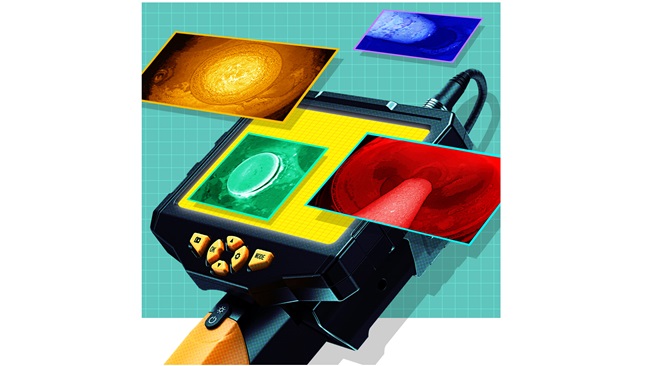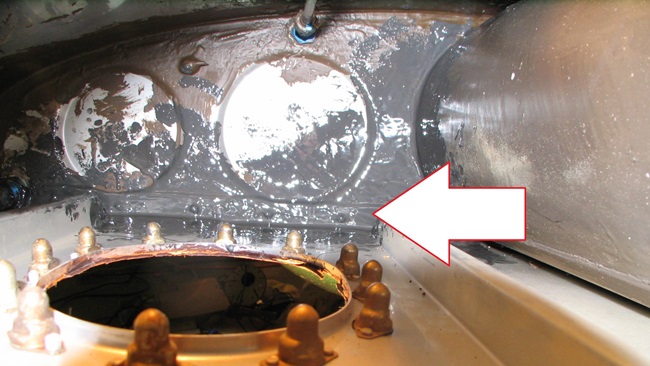Aircraft Maintenance: Replacing a cylinder leads to replacing an engine
First, do no harm: Tips to avoid maintenance-induced failures
Case 5
 Larry, one of our readers, owns a 2007 Cirrus SR22TN. It’s a beautiful, high-performance aircraft that requires both the pilot and the maintenance team to be well-trained and diligent. The aircraft was in the shop for a 100-hour inspection when a crack was discovered in the No. 6 cylinder, requiring repair or replacement of the cylinder. The cylinder was replaced and the aircraft was returned to service.
Larry, one of our readers, owns a 2007 Cirrus SR22TN. It’s a beautiful, high-performance aircraft that requires both the pilot and the maintenance team to be well-trained and diligent. The aircraft was in the shop for a 100-hour inspection when a crack was discovered in the No. 6 cylinder, requiring repair or replacement of the cylinder. The cylinder was replaced and the aircraft was returned to service.
The engine had only 900 hours on it at the time of the incident. From the information provided to me, there is no way of knowing for certain if the cylinder replacement was the cause of the catastrophic failure. However, bearing shift is a known risk if proper procedures are not followed during removal and replacement of cylinders. Loosening of the case through bolts to remove cylinders can allow the case to separate slightly, leaving the bearings vulnerable to shifting or rotating should someone accidentally move the prop, the plane, etc.
A more common scenario is over or under torquing of the nuts on the cylinder studs and engine through bolts. The torque on these bolts, especially the through bolts, is an extremely critical task. Proper torque ensures that the proper “crush” is maintained on the bearings and that the case halves have the proper tension holding them together. Too little torque and the case will not hold together properly as the cylinders force the entire case apart and together with each power pulse. Too much torque and the bearings will be pinched on the crankshaft, causing direct contact of the metal rather than having the crank rotate on the critical thin film of oil. There are specific procedures from the manufacturer to ensure that the work is done correctly and they must be followed exactly. This includes having two people simultaneously torquing each side of the engine through bolts. Details such as this cannot be overlooked. Engine and cylinder bolts that are installed under or over the specified torque are virtually guaranteed to cause a failure at some point.
Fortunately, only Larry’s wallet was seriously injured. It’s just another case in which attention to detail matters, especially when working on critical components and performing very invasive maintenance tasks.
As we continue this series, we will review more interesting cases of maintenance-induced failures. If you have your own story of “well-intentioned maintenance gone wrong,” please pass it along at [email protected]. Until then, happy flying!
Jeff Simon is an A&P mechanic, pilot, and aircraft owner. He has spent the last 14 years promoting owner-assisted aircraft maintenance as a columnist for several major aviation publications and through his how-to DVD series: The Educated Owner. Jeff is also the creator of SocialFlight, the free mobile app and website that maps over 20,000 aviation events, $100 Hamburgers and Educational Aviation Videos. Free apps available for iPhone, iPad, and Android, and on the Web at www.SocialFlight.com.




